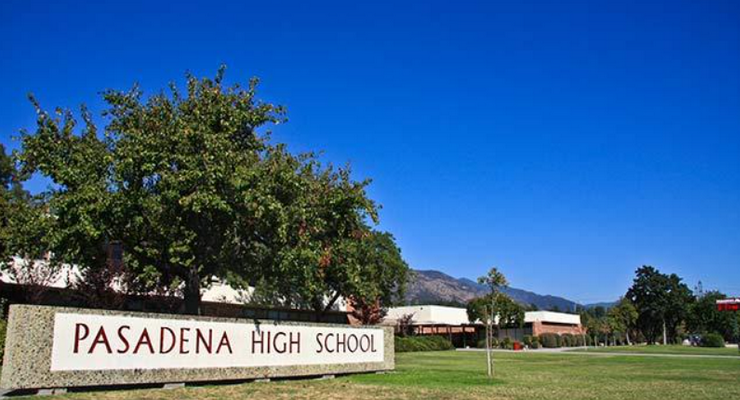
Concerned residents challenged Pasadena Water and Power’s latest energy plan update on Tuesday, questioning why only one portfolio aims to meet the city’s 2030 carbon-free goal and calling for greater emphasis on rooftop solar and storage solutions.
At a Municipal Services Committee meeting on Tuesday, PWP officials presented eight potential energy portfolios across three technology sets as part of the city’s Optimized Strategic Plan to transition to carbon-free electricity.
Only one scenario, labeled “carbon-free 24/7,” would eliminate reliance on fossil fuels and non-renewable grid power by 2030.
“Why does only one portfolio even try to address the city’s carbon-free goal?” asked Jeanette Foster, a Pasadena resident, during public comment.
She also questioned the inclusion of hydrogen fuel in two portfolios, noting it had been described as carrying “developmental and operational risk.”
Led by consultant Energy and Environmental Economics (E3), the planning process was designed to chart Pasadena’s path to 100% carbon-free electricity while balancing reliability, affordability and equity concerns.
The City Council set a 2030 target last year.
David Reyes, Interim General Manager of Pasadena Water and Power, defended the approach, saying the portfolios are meant to show tradeoffs and options for policymakers.
“We don’t know what the future holds,” he said, adding that if 2030 proves unfeasible, “we want to do it by 2031 or we want to do it by 2032.”
But some residents criticized what they saw as a lack of urgency, particularly around rooftop solar and energy storage.
Cynthia Cannady, who is the founder and leader of Pasadena 100, a coalition that advocates for the city to transition to 100% carbon-free electricity by 2030, noted that she didn’t “see anything in this slideshow about the storage strategy.”
Ava Gonzalez, president of an environmental club at Pasadena City College, urged faster action, citing recent heat waves.
“People like my little grandmother are suffering,” she said. “Your leadership has the power to make serious change.”
The planning process remains in an analysis phase, with no recommendations yet made. It includes ongoing studies like the Local Distributed Solar and Storage Potential Study. A community meeting is scheduled for September 26 to gather more public input on the energy scenarios.
Reyes emphasized that within each portfolio, multiple pathways are being modeled. He likened it to “an incredibly complicated game of Tetris,” with sophisticated algorithms sizing different energy components to meet grid needs.
For some residents, the approach still falls short.
“We must remain focused on the goal, on the promise that was made,” Gonzalez said, “and require our consultants to do so.”


















